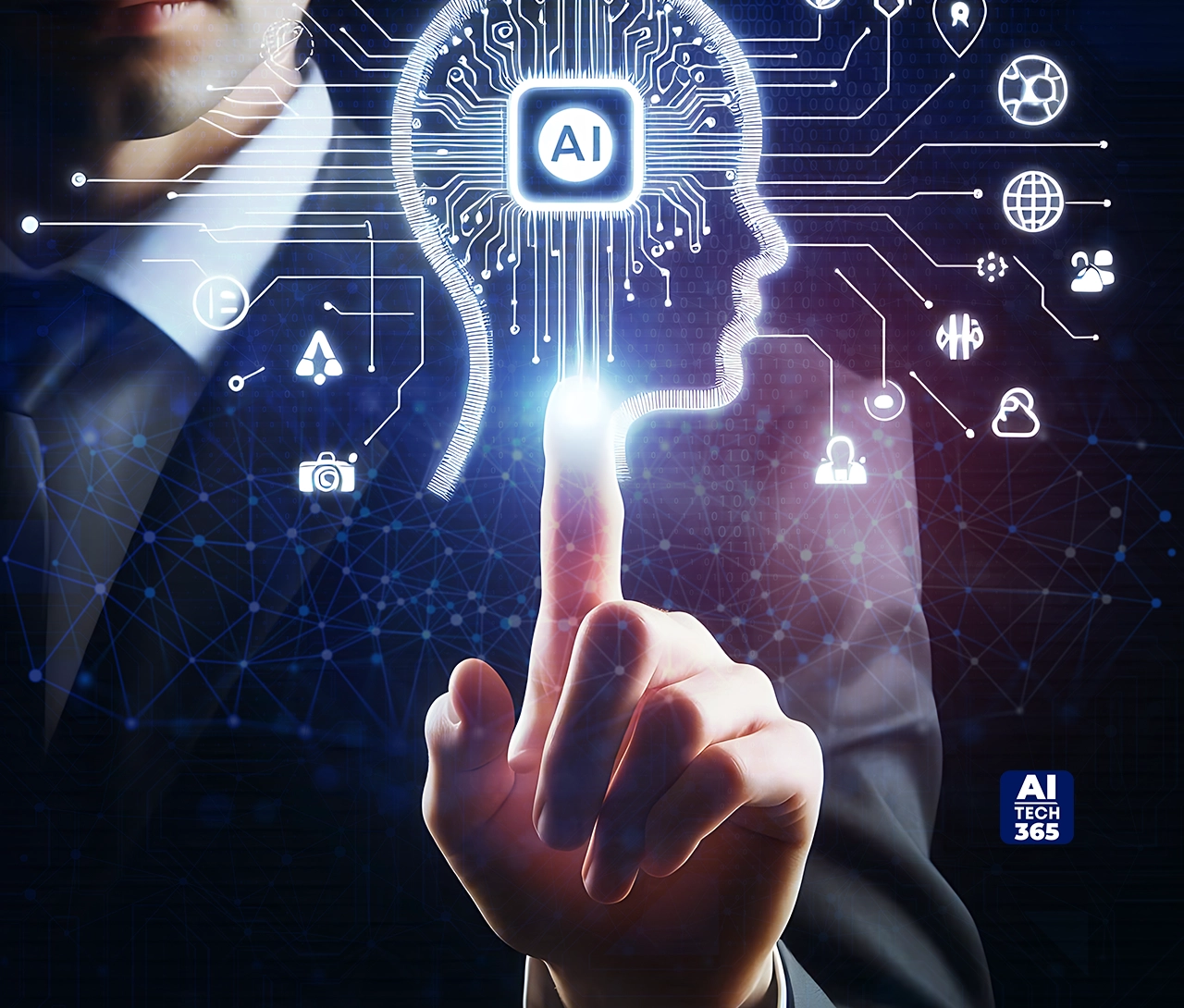Marketing used to be simple. You set up a rule, built a sequence, and hoped for the best. Emails went out in batches. Ads ran on schedules. It worked for a while. But today’s customers expect more. They want messages that feel personal. They want relevance in real time. That old approach, marketing automation 1.0, just does not cut it anymore.
AI marketing automation is different. It is always-on. Data, content, and channels are seamlessly traversed. Through predictive analytics, success of customer activity is predicted. Generative AI increases personalized content production to a mass level. The multi-channel orchestration ensures that the right message is going to be delivered in the right location and at the right time.
In 2025, 19.65% of marketers are going to implement AI agents for the automating process of the marketing. That number shows the shift is real. This playbook is designed to help enterprise marketers build an AI-native stack. It guides teams to predict, generate, and orchestrate smarter marketing.
Predictive Intelligence as the Foundation
Marketing cannot rely on simple lead scores anymore. That old method just tells you who might be interested. It does not tell you when they are ready to buy or what they actually want. Predictive intelligence changes this. With tools like propensity modeling, companies can guess what a customer will do next. They can see who might leave, who is ready for an offer, and the best time to reach them. It is like having a map instead of just a list. For example, some customers might be ready to make a purchase this week. Others might need weeks of nurturing. Knowing this makes every marketing decision smarter.
Segmentation is different now too. It is not just splitting by age or location. Micro-segmentation uses data to find patterns. You can see groups like ‘At-Risk High-CLV’ or ‘Engaged but Unconverted’. These groups are constantly changing as customer behavior changes. It means marketing money is spent on the right people at the right time. Every message, every email, every ad can reach the people who will respond. Enterprise teams can plan budgets and campaigns with confidence. They can focus on actions that bring results instead of guessing.
None of this works without a strong technical setup. A centralized Customer Data Platform or CDP collects all the data in one place. Historical purchases, website behavior, app activity. Everything comes together. If you do not have a CDP, even the smartest predictive model is useless. With a CDP, the system sees the whole picture. It can forecast intent, suggest which segment a person belongs to, and trigger the right action automatically.
The results are real. Marketing automation drives a 14.5% increase in sales productivity. It also cuts marketing overhead by 12.2%. These are not just numbers. They show that predictive intelligence gives real value. Teams work faster. Budgets are used smarter. Campaigns reach the right people.
Predictive intelligence changes marketing. It moves it from guessing to knowing. It helps teams anticipate what customers want. It helps them spend wisely. It sets the stage for AI marketing automation that works across channels and scales without wasting time.
Also Read: AI vs. Human Creativity: Who Wins in Marketing?
Generative AI for Hyper-Personalization at Scale
Creating content used to be a bottleneck. Marketers had to write dozens of emails, ad copies, and subject lines by hand. It took time. It slowed campaigns. Generative AI changes all of that. It can take input from predictive models and turn it into hundreds of content variants in minutes. One system can create 100 subject lines for a campaign. It can also generate ad copy tailored to different customer segments. Even email body paragraphs can be personalized automatically. This is no longer an experiment. Right now, 63% of marketers are using generative AI. They are seeing how fast content can scale without losing relevance.
Visual and audio assets can be automated too. Generative AI can create images that match the customer’s predicted interests. If a product is relevant to a segment, the AI can show it in an ad automatically. It can also generate voice scripts for videos or chat responses. The same system can adapt the tone, style, and messaging depending on the platform. Campaigns can feel personal even at scale. That is the difference between old-school marketing and AI-powered personalization.
Prompt engineering is key. The AI will only create content that is useful if it is given the right instructions. Marketing teams need style guides and prompt libraries. These guides lock down brand tone, legal compliance, and messaging rules. Without them, AI could produce content that is off-brand or inconsistent. With them, every output stays on-brand and trustworthy.
Generative AI is not just a tool. It is a way to speed up content creation, test dozens of variants quickly, and deliver highly personalized experiences. It works with predictive intelligence to know what the customer wants. The system collaborates with orchestration systems in order to ensure that the suitable message is delivered to the correct channel. Marketing departments are not required to perform all their tasks by hand anymore. On the contrary, they can allocate their time to strategy instead of tedious content tasks.
AI has made it possible to rule out the entire content-related issue and to have hyper-personalization at scale. Every customer can see what matters to them. Real-time optimization is possible for every campaign. The use of Generative AI in marketing has resulted in the process being faster, more intelligent, and more accurate than previously.
Multi-Channel Orchestration and Seamless Flow
Marketers using various channels doesn’t necessarily mean they are smart. These days’ numerous companies bombard clients with emails, push notifications, and ads simultaneously. Their communication is totally uncoordinated. Such customers may end up getting irritated or even perplexed. Multi-channel is just having many tools. Orchestration is different. Omni-channel orchestration is a system that sees the customer in real time. It knows if someone opened an email or clicked a push notification. The system can pause one channel if the customer engages on another. Every action works together instead of competing.
Triggers are important for orchestration. Event-based triggers watch customer behavior and feed the predictive model. For example, if a high-value product is viewed three times, the system knows this person is interested. Generative AI can then create the right message and deliver it on the next-best channel. Maybe it is an SMS, maybe an email, maybe a personalized ad. This ensures the customer always gets relevant communication. Campaigns become smarter and faster.
Even with AI, humans are needed for critical decisions. The Human-in-the-Loop model flags complex journeys for sales or service teams to intervene. This ensures the AI does not make mistakes and builds trust with customers. High-stakes situations need human judgment. AI handles scale, humans handle nuance.
Enterprise systems are being recognized for this capability. Oracle gets the title of Leader in the 2025 Gartner Magic Quadrant regarding the B2B marketing automation platforms. This proves that the AI-enabled, cross-channel orchestration is not merely a concept. The top firms are harnessing it to unite data, predictive analytics, and machine-generated content for providing uninterrupted customer experience.
Orchestration makes marketing smarter. It reduces errors, improves engagement, and ensures customers feel seen. Multi-channel without orchestration is noise. With orchestration, marketing becomes precise, efficient, and intelligent.
Tactical Integration and Governance
Rolling out AI marketing automation in an enterprise cannot happen all at once. It needs a plan. Start small. Crawl first. Pick a high-impact, low-risk use case. Cart abandonment emails optimized with Generative AI are a good start. Companies who adopted AI early saw a 40% increase in productivity. They also got a 14% boost per hour in customer-care resolution. Starting small helps teams learn without risk.
Next, walk. Integrate predictive lead scoring into your main CRM and sales workflows. This adds intelligence to your processes. Teams can see who is most likely to buy and act on it faster. Systems start to talk to each other. Data flows better. Decisions become smarter.
Finally, run. Implement a completely orchestrated journey that overlays or involves three or more channels. Utilize Generative AI to produce content that changes according to the customer instantly. Automation operates simultaneously through email, push, and ads.
Ethics and governance are key. You must define rules for data use, check for bias in predictive models, and review AI content for compliance. These steps build trust.
Measure more than conversion. Look at time-to-market, customer lifetime value, and model accuracy. These numbers show the real impact of AI marketing automation and guide continuous improvement.
The Future of Autonomous Marketing
AI marketing automation is more than technology. It is the combination of prediction, generation, and orchestration working together. Predictive intelligence tells you what customers want. The generative AI produces messages in large quantities that are appropriate. The orchestration sends it through the most appropriate channel in the perfect timing. In unity, they make the marketing smarter, quicker, and more accurate.
The future team does not disappear. Humans still decide strategy, guide complex journeys, and set the rules. AI takes care of scale and execution. Marketers become orchestrators and prompt engineers. They focus on insight, creativity, and customer connection while AI handles the repetitive work.


